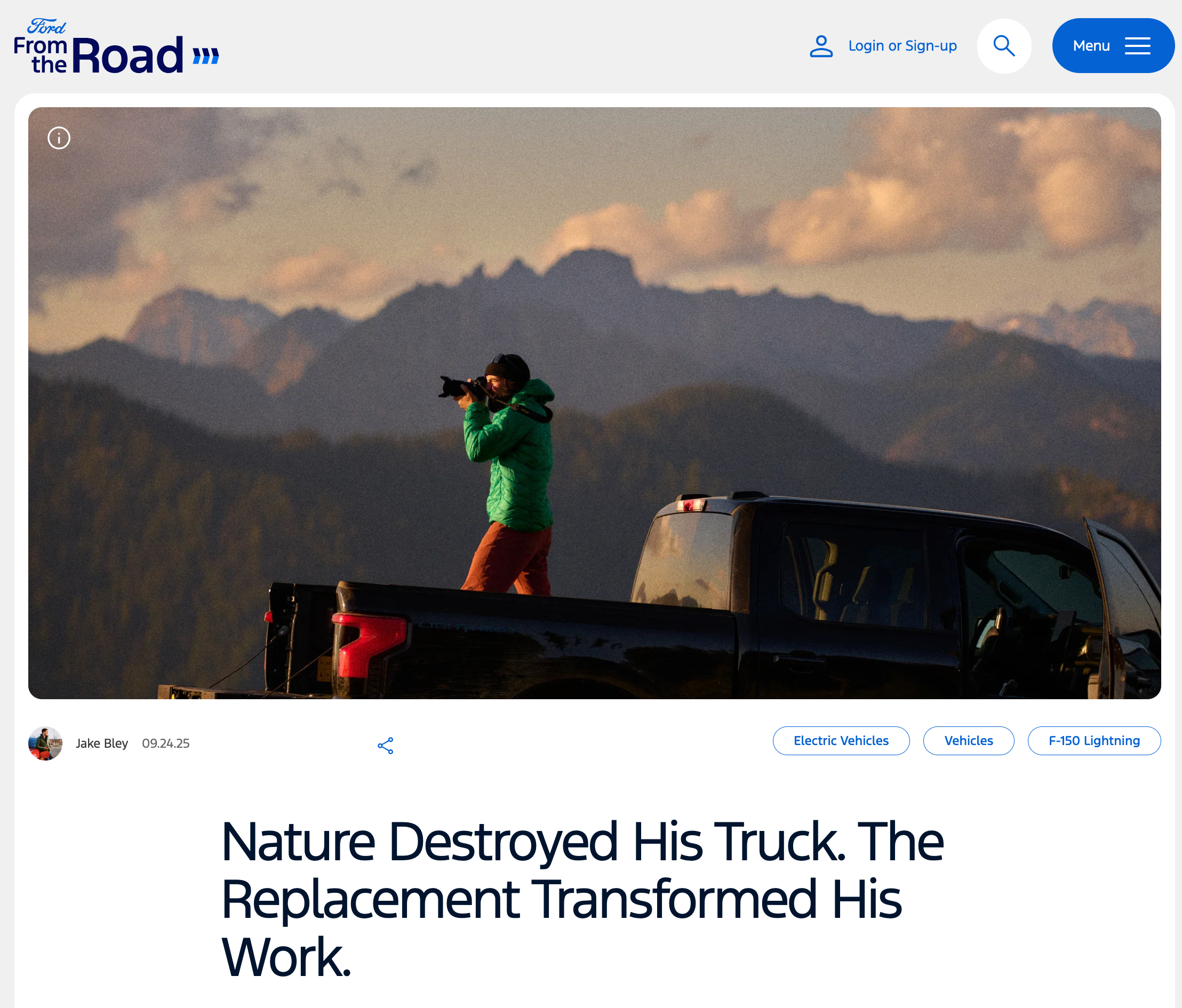Forest Abides: Multigenerational Trees of Snoqualmie Valley
 “Men go and come, but Earth abides.” - George R. Stewart, Earth Abides (1949)
“Men go and come, but Earth abides.” - George R. Stewart, Earth Abides (1949)
“The Dude abides.” - The Big Lebowski (1998)
To abide is to endure. To persist through upheaval. To continue, often quietly, while the world rushes past. The word “abides” carries different resonances across culture. In Earth Abides, it speaks to the timeless resilience of nature and the relative insignificance of man. In The Big Lebowski, it suggests an almost comic patience, a refusal to be undone by life’s absurdities. It is, by many measures, an absurd time to be alive. Our lessons must come from beyond our present conundrums. Our teachers must have the perspective of millennia.
Throughout time immemorial, the forests of the Pacific Northwest have been among the planet’s most magnificent and complex ecosystems. Towering Douglas-firs, western red cedars, and Sitka spruces form dense, multilayered canopies, some living for more than a thousand years. Moss-draped understories shelter an abundance of plants, fungi, and wildlife. These primeval forests are not only spectacular in scale but deeply interwoven; functioning as intricate networks of life, carbon, water, air and soil.

The forests of the Snoqualmie Valley and surrounding mountains are among the great examples of these spectacular landscapes. For generations, the Snoqualmie Tribe and other Coast Salish people practiced sustainable forestry, but as new settlers brought large-scale logging practices beginning1870’s and over the course of the following 150 years, these centuries-old forests were largely destroyed. Intensive logging, road-building, and development have left scars across the region. Yet, amid the remnants, life persists.

This exhibition looks at logged old-growth stumps in the Snoqualmie Valley. Each a survivor of human extraction, each now nurturing new generations of trees. These nurse stumps are more than remnants; they are individuals with histories, personalities, and resilience. Some bear scars that speak of centuries past, others host delicate new sprouts reaching toward the light. Together, they form a community of portraits, each telling its own story while reflecting the overarching narrative of loss, regeneration, endurance and interconnectedness.
These multigenerational trees are proof that environmental damage is not always permanent. When humans step back and allow the land space and time, ecosystems respond with astonishing creativity. Forests regenerate, life persists, and the cycle of renewal continues. The forest abides, and with conscious effort, so can we - not just as observers, but as active participants in restoration.

This is not just theoretical, aesthetic or academic. We stand on the precipice. We rely on these very trees for the air we breathe and the water we drink. They will survive. We may not. Our federal government has engaged in an active assault on the environmental protections that allow these forests the time and space to heal and regenerate. They would see the last bit of short-term profits squeezed out of these forests at the expense of all living beings who depend on a healthy planet. We, who understand the true value of these places and these beings must act with an unwavering commitment toward their protection at every opportunity - to be willing to fight on every front.

In this moment, every act matters. Forests, waters, soils, and all current and future living beings bear witness to our choices. Let this exhibition be a reminder that through restraint, stewardship, and reverence for natural processes, the Pacific Northwest’s forests can continue to thrive. We can help write the next chapter in a living story of regeneration, where reciprocity reigns, and by healing the forests, we heal ourselves.
“We need acts of restoration, not only for polluted waters and degraded lands, but also for our relationship to the world. We need to restore honor to the way we live, so that when we walk through the world we don’t have to avert our eyes with shame, so that we can hold our heads up high and receive the respectful acknowledgment of the rest of the earth’s beings.” - Robin Wall Kimmerer




Leave a comment
This site is protected by hCaptcha and the hCaptcha Privacy Policy and Terms of Service apply.